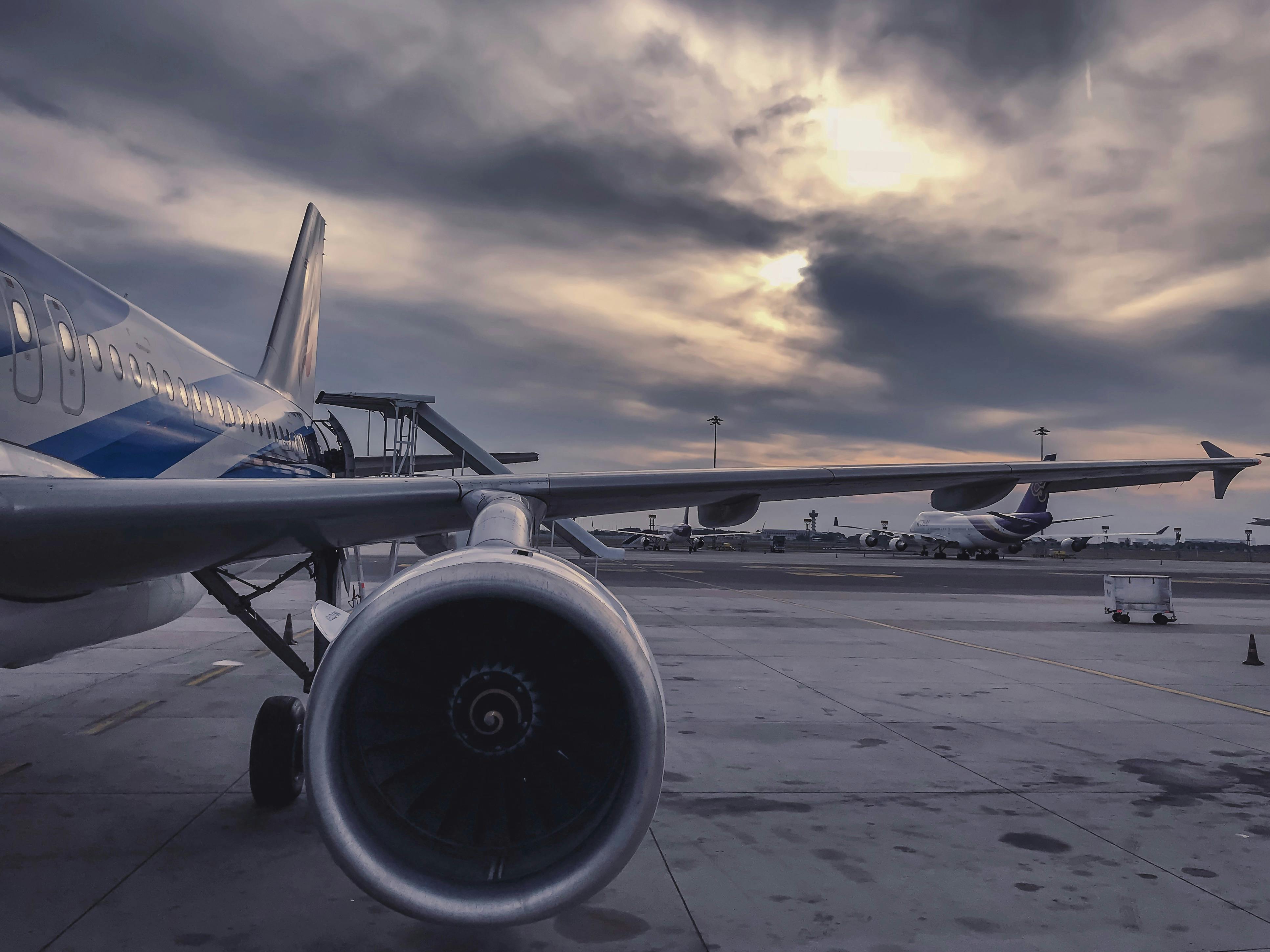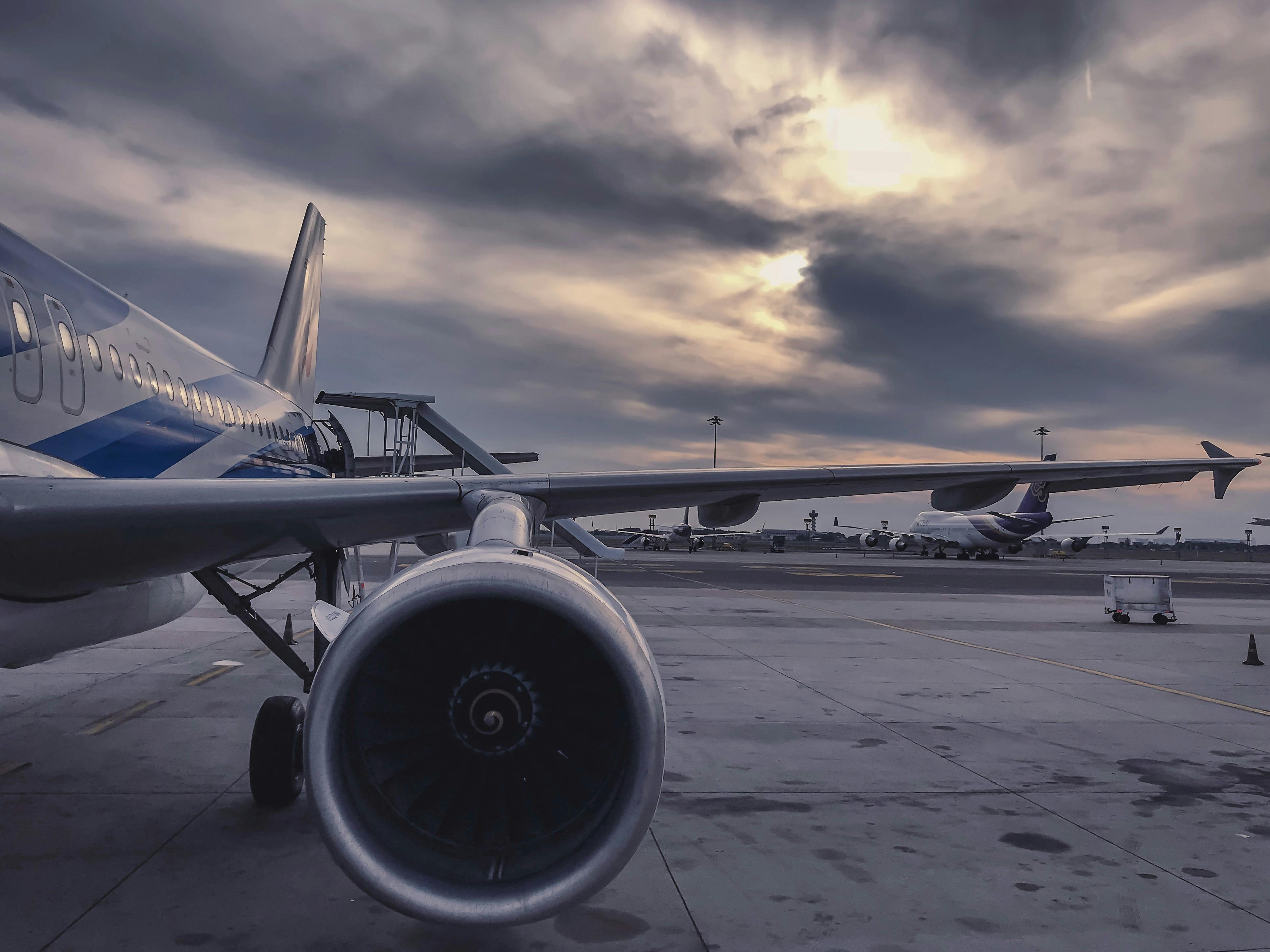

The emergence of smart airport technologies in Southeast Asia has transformed the aviation landscape, enhancing passenger experiences and operational efficiency. However, this evolution is not without its unique set of challenges and risks, influencing the pace and scope of smart airport development in the region.

The adoption of smart airports in Southeast Asia still faces many challenges, particularly in its infrastructure, one of which is cybersecurity vulnerabilities. The increasing reliance on digital systems in airports raises concerns about the vulnerability of information systems to cyber attacks. The aviation industry has witnessed a 530% global year-on-year rise in cyber attacks between 2019 and 2020, threatening confidential data, flight coordination, and overall airport operations.
In addition, the substantial upfront costs associated with adopting smart airport technologies pose a financial challenge. While digitalization can lead to long-term benefits such as improved efficiency and reduced labor costs, the initial investment for automation at large hubs can reach up to USD 75 million, according to Airports Council International.
Despite the potential revolutionary impact of smart technologies, airports often face resistance to adoption. This resistance stems from a lack of understanding of the benefits, fear of disruption, and uncertainty about the return on investment. Overcoming these barriers requires effective communication and a clear demonstration of the long-term advantages.
Furthermore, many Southeast Asian airports still grapple with outdated infrastructure that lacks the necessary technological foundation for intelligent operations. Upgrading legacy systems to meet current connectivity and technology standards requires substantial investment, hindering the seamless integration of smart technologies.
Despite challenges, the projected tripling of passenger numbers by 2037 offers compelling growth opportunities for smart airport technologies. As the aviation industry rebounds from the impact of COVID-19, improved economic conditions and a growing middle-class population contribute to increased demand for travel.
The surge in technology and automation in airports necessitates a parallel focus on heightened security measures. Advanced screening technologies, such as millimeter-wave scanners and explosive trace detectors, combined with robust access controls and cybersecurity measures, address evolving security threats.
The imperative for seamless, contactless passenger experiences gains prominence, especially in the context of infectious disease concerns. Biometric identification, mobile boarding passes, and self-service kiosks contribute to a frictionless airport experience, aligning with a growing market trend toward contactless solutions.
Smart airports operate as intricate ecosystems, demanding collaborative efforts among various agencies and stakeholders. Breaking down silos and fostering inter-agency collaboration enhance communication and cooperation, leveraging technology and data resources for a more efficient and seamless airport experience.
The shift towards sustainability in smart airports aligns with global environmental priorities. By integrating green technology and sustainable practices, airports can reduce carbon emissions, conserve energy and water, and comply with environmental, social, and governance (ESG) standards, meeting investor and consumer expectations.
The development of smart airports in Southeast Asia presents a dynamic interplay of challenges and opportunities. Overcoming cybersecurity risks, financial barriers, and resistance to adoption is crucial for realizing the full potential of smart technologies. Meanwhile, seizing opportunities driven by increased passenger traffic, enhanced security needs, contactless passenger journeys, inter-agency collaboration, and sustainable practices positions smart airports as pivotal contributors to the future of air travel in the region. As these challenges are addressed and opportunities harnessed, the travel experience is poised to undergo a transformative evolution, marked by efficiency, security, and sustainability.

How Major Players Unlock Opportunities in SEA’s Digital Payments Landscape
The digital payment landscape in Southeast Asia (SEA) is rapidly evolving, driven by increasing internet penetration, smartphone adoption, and a burgeoning fintech ecosystem. Major players in the digital payment space are pioneering innovative solutions, facilitating seamless transactions, and enhancing financial inclusion.

An Overview of Southeast Asia’s Startup Ecosystem
Southeast Asia’s startup ecosystem is characterized by its diversity and rapid growth. Key markets include Singapore, Indonesia, Malaysia, Thailand, Vietnam, and the Philippines. Each of these markets presents unique opportunities and challenges. Singapore, for instance, serves as a financial and technological hub, offering a conducive environment for startups with strong government support and a mature investment climate. Indonesia, with its large population, presents vast market opportunities, particularly in sectors like e-commerce and fintech.

Key Drivers of Southeast Asia's Last Mile Logistics Market
The growth of last mile logistics market in Southeast Asia (SEA) is driven by various factors that are reshaping consumer expectations and industry dynamics. This article explores the key factors driving SEA's last mile logistics market, highlighting the convergence of digitalization, consumer demands, technological advancements, sustainability initiatives, and the development of e-commerce and essential deliveries.

Embracing Sustainability: The Rise of Sustainable Automotive Lubricants in SEA
In recent years, Southeast Asia (SEA) has witnessed a growing emphasis on sustainability across various industries, and the automotive sector is no exception. As the region gears towards a greener future, sustainable automotive lubricants have emerged as a key focal point in the drive towards environmental stewardship and resource conservation.